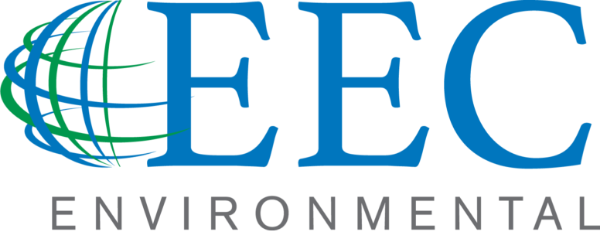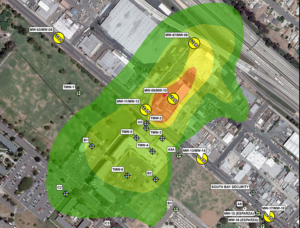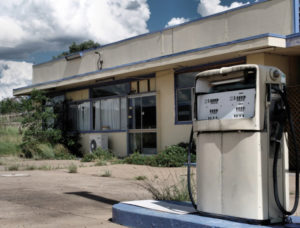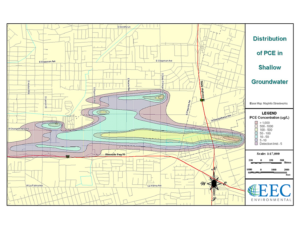Project Highlights:
- Conducted a Review of Public Records to identify Potentially Responsible Party (PRP) responsible for the release of chlorinated hydrocarbons.
- Performed an Enhanced and Expanded Phase I Environmental Site Assessment
- Conducted multiple hydrogeologic investigations using Hydropunch, Simulprobe, and well installation
- Installed groundwater monitoring wells to depths of 200 feet using hollow stem auger, air rotary, and mud rotary drilling techniques
- Evaluated and critiqued options for the remediation of the regional groundwater plume
- Perform geophysical logging of groundwater wells to identify aquifer and aquitards beneath the site
- Evaluated and reviewed regional VOC plume data to evaluate the magnitude of contamination, which could be attributed to the client site
- Negotiated remediation options with the Orange County Water District and the California Regional Water Quality Control Board
EEC Environmental (EEC) is currently managing a VOC plume investigation at the project site. The project site lies within a well-documented regional VOC plume. The primary VOC compounds detected in groundwater included TCE, PCE, and 1,1,1-TCA. The plume has caused the shutdown of several groundwater production wells and threatens much more.
EEC’s client operated a manufacturing facility at the subject site between 1962 and 1994. Materials used at the site included chlorinated solvent compounds. Several investigations indicated that these solvents had impacted soil and groundwater beneath the site. EEC has been contracted to delineate and evaluate the extent of VOC solvents that emanated from the client’s facility and to determine whether VOC’s released from this facility are contributing significantly to the regional plume.
Hydrogeologic investigations conducted at the facility have included Hydropunch, Simulprobe, and traditional groundwater monitoring well installation. VOC impact has been detected to approximately 300 feet bgs. Wells have been installed using hollow stem auger, mud-rotary, and air-rotary casing hammer techniques. Air rotary casing hammer drilling was conducted to prevent cross-contamination between multiple aquifers.



